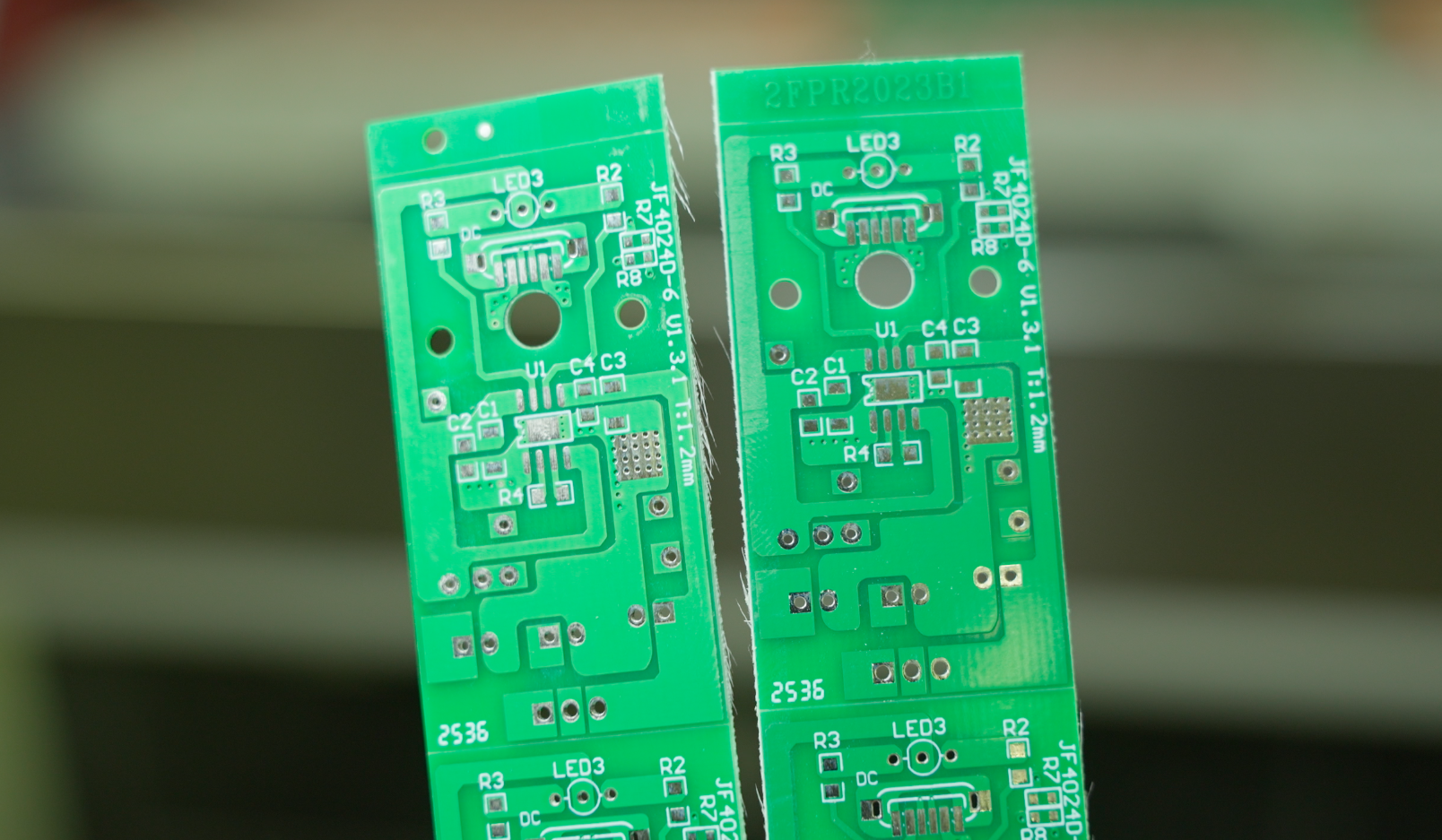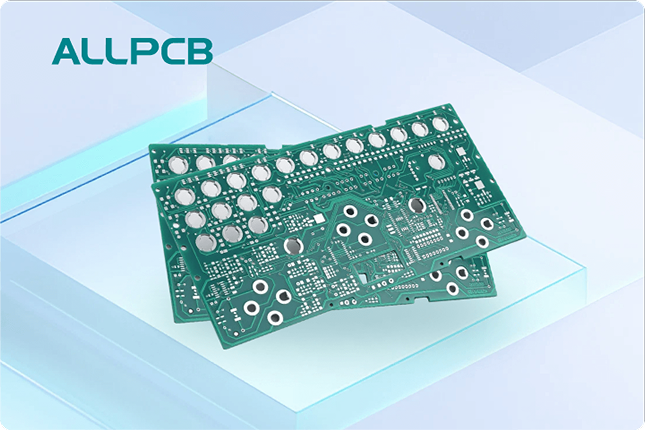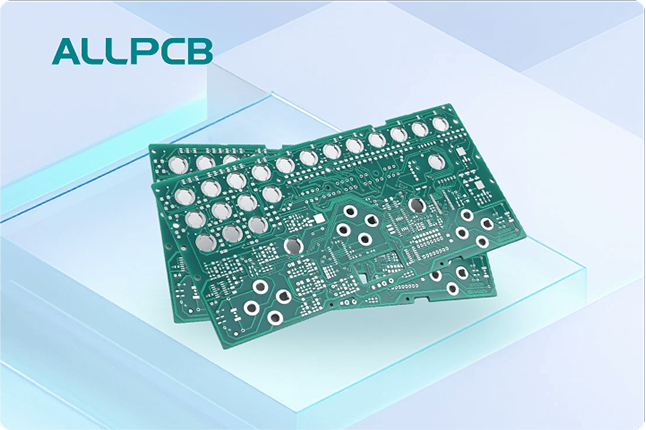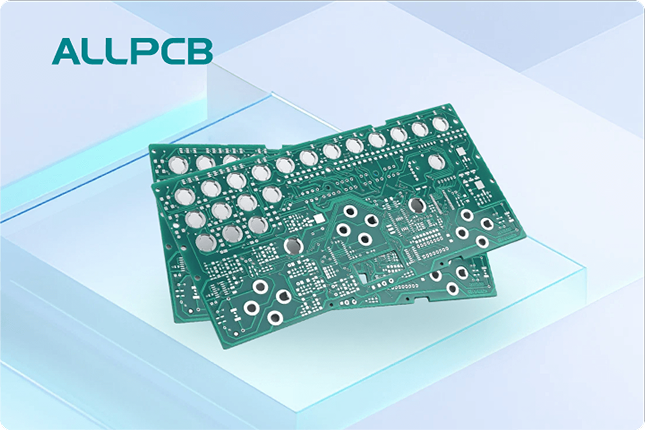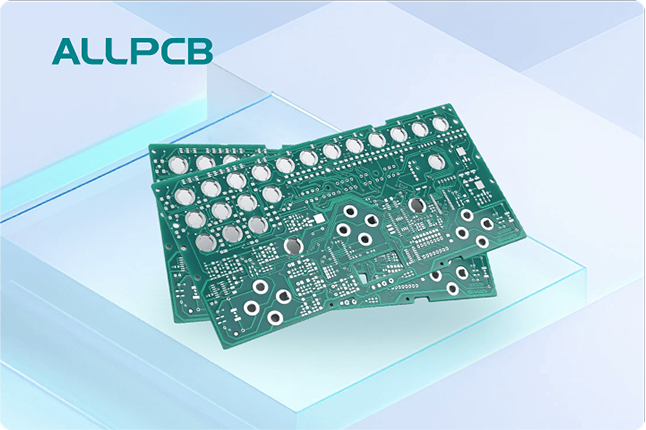In the world of high-frequency printed circuit boards (PCBs), every detail matters. If you're designing or manufacturing PCBs for RF circuits or high-speed applications, you might be wondering how to protect your boards without compromising signal integrity. The answer lies in choosing the right conformal coating for high-frequency PCBs. These coatings shield your boards from environmental damage while minimizing signal loss and maintaining performance. In this comprehensive guide, we'll dive deep into the role of conformal coatings in high-frequency designs, focusing on key factors like dielectric constant, signal integrity, insertion loss, and the best options for RF circuits.
What Is Conformal Coating and Why Does It Matter for High-Frequency PCBs?
Conformal coating is a thin protective layer applied to PCBs to guard against moisture, dust, chemicals, and temperature extremes. For high-frequency PCBs—used in applications like wireless communication, radar systems, and 5G technology—this protection is critical. However, unlike standard PCBs, high-frequency designs operate at gigahertz (GHz) frequencies where even small changes in material properties can lead to signal degradation.
The primary challenge with conformal coating for high-frequency PCBs is balancing protection with performance. A poorly chosen coating can alter the board's electrical characteristics, causing signal loss or interference. That’s why understanding the coating’s impact on dielectric constant, signal integrity, and insertion loss is essential for engineers working on RF and microwave circuits.
Key Factors in Choosing Conformal Coating for High-Frequency PCBs
When selecting a conformal coating for high-frequency applications, several technical aspects come into play. Let’s break them down to help you make an informed decision.
1. Dielectric Constant of Conformal Coating
The conformal coating dielectric constant measures how much a material affects an electric field. In high-frequency PCBs, a coating with a high dielectric constant can slow down signal propagation and cause impedance mismatches. For RF circuits, you want a coating with a low dielectric constant—ideally close to 2 or 3—to minimize these effects.
For example, silicone-based coatings often have a dielectric constant around 2.5 to 3.5, making them a popular choice for high-frequency designs. In contrast, some epoxy coatings can have values above 4, which might interfere with signal speeds in circuits operating at 5 GHz or higher. Choosing a coating with a stable dielectric constant across a wide frequency range ensures consistent performance.
2. Impact on Signal Integrity
Conformal coating signal integrity refers to how well the coating preserves the quality of electrical signals as they travel through the PCB. High-frequency signals are particularly sensitive to distortions caused by material properties. A coating that introduces parasitic capacitance or inductance can degrade signal integrity, leading to errors in data transmission.
To maintain signal integrity, opt for ultra-thin coatings that conform tightly to the board’s surface without adding unnecessary bulk. Some advanced coatings are designed specifically for high-speed circuits, offering minimal interference even at frequencies exceeding 10 GHz. Testing the coating under real-world conditions, such as temperature cycling from -40°C to 85°C, can also reveal how it impacts signal behavior over time.
3. Insertion Loss and Coating Thickness
Conformal coating insertion loss is the reduction in signal strength as it passes through the coated PCB. Insertion loss becomes more pronounced at higher frequencies, where even a slight increase in coating thickness can absorb or scatter signals. For instance, a coating thickness of 25 micrometers might cause negligible loss at 1 GHz but could result in a measurable 0.5 dB loss at 10 GHz.
To minimize insertion loss, use coatings with low loss tangent values (a measure of energy dissipation) and apply them in thin, uniform layers. Parylene coatings, for example, can be applied as thin as 10 micrometers, making them ideal for reducing loss in RF designs. Automated application methods like vapor deposition ensure even coverage without excess material buildup.
4. Environmental Protection Without Performance Trade-Offs
High-frequency PCBs often operate in harsh environments, such as outdoor antennas exposed to rain or industrial systems facing chemical fumes. A conformal coating must provide robust protection against these conditions without altering the board’s electrical properties. Coatings with high dielectric strength—typically above 1000 volts per mil—prevent current leakage, while low moisture absorption rates ensure performance stability in humid conditions.
Types of Conformal Coatings for High-Frequency PCBs
Not all conformal coatings are created equal. Here’s a look at the most common types and how they perform in high-frequency applications.
1. Silicone Coatings
Silicone coatings are flexible and offer excellent thermal stability, withstanding temperatures from -55°C to 200°C. Their low dielectric constant (around 2.5 to 3.5) and moderate loss tangent make them a good fit for many RF circuits. However, thicker applications of silicone can increase insertion loss, so precise control during application is necessary.
2. Parylene Coatings
Parylene is a vapor-deposited coating known for its ultra-thin application and uniform coverage. With a dielectric constant of about 2.6 to 3.1, it has minimal impact on signal integrity, making it one of the best conformal coatings for RF circuits. Parylene also provides superior resistance to moisture and chemicals, though its application process can be more complex and costly.
3. Acrylic Coatings
Acrylic coatings are easy to apply and rework, offering decent protection against humidity and dust. However, their dielectric constant (often above 3.5) and higher loss tangent make them less ideal for high-frequency PCBs operating above 5 GHz. They are better suited for lower-frequency or mixed-signal designs.
4. Urethane Coatings
Urethane coatings provide strong chemical resistance and durability but tend to have higher dielectric constants (around 4 or more). This makes them less suitable for high-frequency applications where signal loss is a concern. They are often used in rugged environments where chemical exposure is the primary threat.
How to Select the Best Conformal Coating for RF Circuits
Choosing the best conformal coating for RF circuits depends on your specific application and performance requirements. Follow these steps to narrow down your options:
- Evaluate Frequency Range: Determine the operating frequency of your PCB. For circuits above 5 GHz, prioritize coatings with low dielectric constants and minimal insertion loss, such as Parylene or thin silicone layers.
- Assess Environmental Needs: Identify the environmental hazards your PCB will face. For outdoor RF applications, select a coating with high moisture and UV resistance.
- Test for Signal Impact: Before full-scale production, apply the coating to a prototype and measure signal integrity using tools like a vector network analyzer. Look for changes in impedance or loss at your target frequencies.
- Consider Application Method: Some coatings, like Parylene, require specialized equipment for application. Ensure your manufacturing process can accommodate the chosen coating type.
Application Tips for Conformal Coating on High-Frequency PCBs
Applying conformal coating to high-frequency PCBs requires precision to avoid performance issues. Here are some practical tips to ensure optimal results:
- Mask Critical Areas: Use masking tape or removable gels to protect connectors, antennas, and other sensitive components from coating buildup, which could interfere with signal transmission.
- Control Thickness: Aim for a uniform thickness of 25 to 50 micrometers for most coatings. Thicker layers can increase insertion loss, especially at frequencies above 10 GHz.
- Use Automated Methods: Automated spray or vapor deposition systems provide consistent coverage compared to manual brushing, reducing the risk of uneven application.
- Cure Properly: Follow the manufacturer’s curing guidelines to avoid residual solvents or incomplete hardening, which could affect dielectric properties.
Common Challenges and Solutions with Conformal Coating in High-Frequency Designs
Even with the right coating, challenges can arise in high-frequency PCB applications. Here’s how to address them:
- Challenge: Signal Loss Due to Coating Thickness
Solution: Opt for ultra-thin coatings and test multiple application thicknesses to find the sweet spot between protection and performance. - Challenge: Dielectric Constant Variations
Solution: Work with coating suppliers to obtain detailed material data sheets and select products with stable dielectric properties across your operating frequency range. - Challenge: Rework and Repair
Solution: Choose coatings that can be soldered through or easily removed without damaging the PCB, ensuring rework doesn’t compromise signal paths.
Future Trends in Conformal Coating for High-Frequency PCBs
As technology advances, so do the materials and methods for conformal coating. Emerging trends include the development of nanotechnology-based coatings that offer even lower dielectric constants and loss tangents, ideal for next-generation 5G and 6G applications. Additionally, eco-friendly coatings with reduced volatile organic compounds (VOCs) are gaining traction, providing performance without environmental impact.
Another exciting area is the integration of absorbing coatings that not only protect the PCB but also reduce electromagnetic interference (EMI) in high-frequency designs. These innovations promise to further enhance the reliability and efficiency of RF circuits in demanding applications.
Conclusion: Protect and Perform with the Right Conformal Coating
Conformal coating for high-frequency PCBs is more than just a protective layer—it’s a critical design element that can make or break your circuit’s performance. By focusing on factors like conformal coating dielectric constant, signal integrity, and insertion loss, you can select the best conformal coating for RF circuits that meets both environmental and electrical requirements.
Whether you’re working on wireless communication systems, aerospace radar, or high-speed digital designs, the right coating ensures your PCB withstands harsh conditions without sacrificing signal quality. Take the time to evaluate your options, test prototypes, and apply coatings with precision. With these steps, you’ll achieve reliable, high-performing PCBs tailored to the demands of modern technology.
At ALLPCB, we’re committed to supporting engineers with advanced manufacturing solutions for high-frequency designs. From material selection to coating application, our expertise helps bring your projects to life with unmatched quality and performance.
 ALLPCB
ALLPCB


